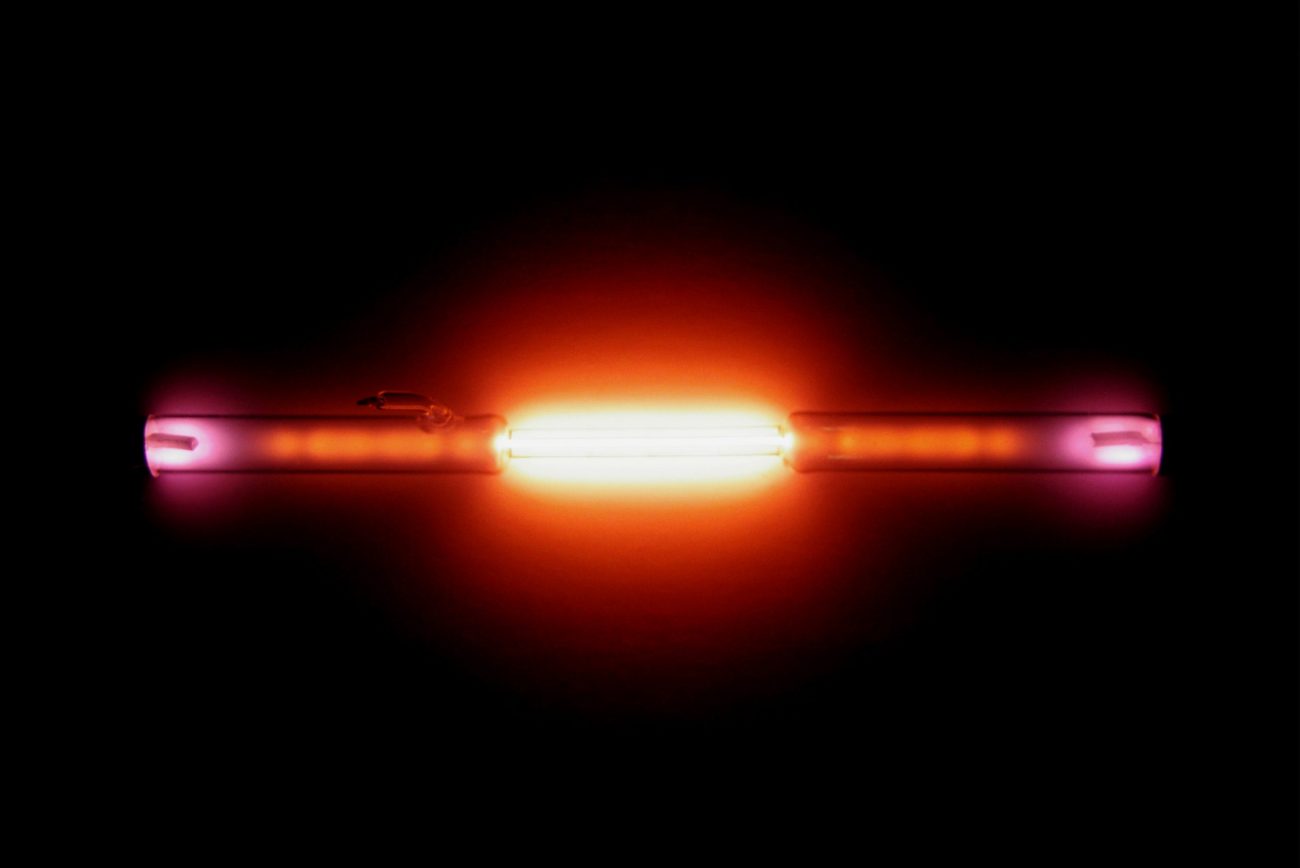China is striving to become a world leader in quantum technology through its national strategy of innovation-driven development. Last week, a team of researchers from Shanghai claimed to have developed a novel cooling system to create extremely low temperatures needed for quantum computers to function.
Inspired From Ukraine, Taiwan Uses Kiev’s ‘Favorite Missiles’ To Conduct Mega Drills & Defend Itself From ‘Chinese Invasion’
The core components of most quantum machines – from computers to satellites – detect and manipulate subatomic particles that are easily disturbed by heat to store and process information and therefore these machines need to operate in conditions near absolute zero.
To maintain the ‘quantum state’ of a system it is essential to minimize the risk of anything disrupting the fragile position, such as the slightest increase in temperature can cause the atoms and molecules to move around too much and increase the voltage of subatomic particles inside them thereby changing their quantum state.
Helium-3 — Extremely Rare On Earth
Cooling the most advanced quantum hardware requires helium-3, an isotope of helium that has an unmatched level of efficiency in carrying away the heat. However, Helium-3 is extremely rare on Earth and the main supply comes from the aging nuclear warheads.
In less than two decades, Helium-3 has seen an exponential rise in its demand for quantum research and other disruptive technology and its price has increased more than 40-fold to over $5,000 per liter in gas form.

Furthermore, not anybody can just buy it. For example, in the US Helium-3 is one of the few commodities that are subject to strict government production and distribution controls on military grounds.
In a paper published last week in a domestic peer-reviewed Science Bulletin, Professor Dang Haizheng and his colleagues with the Shanghai Institute of Technical Physics at the Chinese Academy of Sciences said that they had built a powerful cooling system for some of the most demanding quantum machines without using any Helium-3 at all.
Helium-4 The Super Fluid
This new cooling device makes use of Helium-4, another helium isotope that is used as a gas for party balloons. Helium-4 is much more abundant than Helium-3 but is less effective as a coolant in extreme conditions
Helium-4 when subjected to temperatures as low as 2 kelvin (-271 degrees Celsius), turns into a superfluid, climbing walls regardless of gravity and becoming much more difficult to control.
A superfluid can do things that no other fluid can, which is to defy the laws of gravity and climb the walls of a container and escape.
Dang’s team has developed a theoretical model that could predict the behavior of Helium-4 flow in a superfluid state to some extent.
The cooling system they built has a working principle similar to a household refrigerator but has few moving parts. It is driven by a pulse energy source and operates at a high frequency to increase heat-transfer efficiency.
To contain Helium-4’s irregular behavior, Dang’s team has added a special component to stop the anti-gravity climb. Part of the device must also be built with extremely high-quality components with precision twice as high as mainstream products today, according to the researchers.
In their experiment, the new cooling device kept a superconducting nanowire single-photon detector, an optical sensor commonly used in quantum machines, at a temperature of 1.8 kelvin for more than two weeks (15 days).
The results of this experiment showed that Helium-4 has the potential to replace Helium-3 completely in some of the most demanding applications such as space missions, the researchers claimed.
“This is great news,” said a quantum physicist in Hefei, Anhui province, who declined to be named.
Finding a Helium-3 substitute could reduce the cost of quantum technology in radars by at least 10 percent, according to the researcher’s rough estimate.
In 2016, a team of Chinese researchers from China Electronics Technology Group Corporation’s 14th Research Institute’s Key Laboratory of Intelligent Sensing Technologies claimed to have developed a ‘quantum radar’ that could detect targets up to 100 km.
The Chinese media at the time dubbed this radar, the “nemesis” of stealth fighter jets. The lead researcher said that the system will track not only stealth aircraft but also “high-speed flying objects in the upper atmosphere and above” — that is, ballistic missiles.
Mass Application Of Quantum Technology
Apart from that some of the most significant contributions of China to the development of quantum technology include the world’s first quantum satellite, the longest quantum communication network and the fastest quantum computers.
However, all of the above were developed using sensors cooled by Helium-3 and the use of Helium-4 could further enable the mass application of quantum technology.
That said, the viability of the new cooling device is questionable because the experiment was conducted in a laboratory.
What is important though, is that once dismissed as a copycat of foreign developed technologies, China is leading the way in innovations related to emerging technologies such as quantum technology.
China should be a “global leader in innovation” by 2035, President Xi Jinping declared during the Chinese Communist Party’s 19th National Congress last October.
Under its 13th five-year plan, China has launched a “megaproject” for quantum communications and computing, which aims to realize major breakthroughs in these technologies by 2030, including the expansion of China’s national quantum communications infrastructure, the development of a general quantum computer prototype, and the construction of a practical quantum simulator.
- Written by Tanmay Kadam/EurAsian Times Desk
- Contact the author at etdesk@eurasiantimes.com
- Follow EurAsian Times on Google News